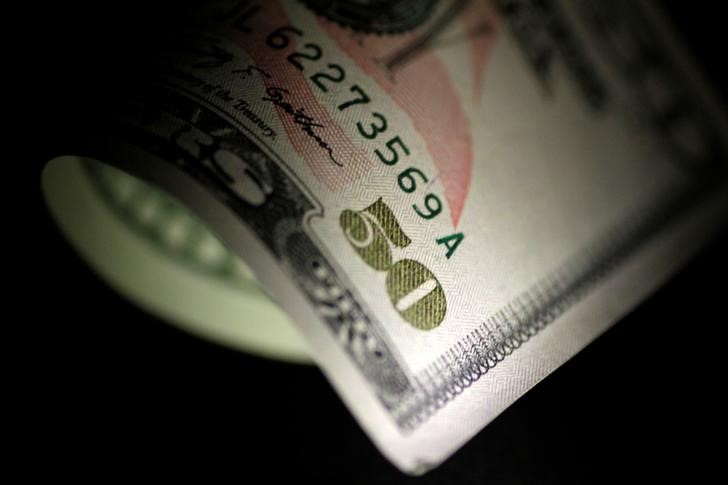(Bloomberg) -- The U.S. dollar is driving a wedge between volatility expectations for global currencies and stocks.
The greenback’s plunge last month jolted currencies so profoundly that expected swings in the market are no longer correlated with a similar measure for U.S. equities.
“It’s a reminder that dollar moves could be an outsized driver of risk, sentiment and narrative over the next few months, if they continue with the recent volatility experiences,” said London-based John Roe, head of multi asset funds at Legal & General Investment Management. For equities, there’s a “feeling that the fireworks are over for now,” he said.
That’s because currency traders are anxious about the unknowns of the coming months and their impact on the dollar. These include the U.S. presidential election and the risk of a winter surge in coronavirus infections in the northern hemisphere, a factor that has played in the euro’s favor after European governments proved to be quick to implement mitigation measures.
And at the same time, implied volatility for equities is falling as central-bank stimulus whitewashes a plethora of risks weighing on company revenue. Goldman Sachs Group Inc (NYSE:GS). joined other firms in raising its year-end target for the S&P 500 Index, which is close to a record high.
While the VIX Index of U.S. stock swings has fallen to the lowest since Feb. 21 on a closing basis, the JPMorgan (NYSE:JPM) Global FX Volatility Index is near the highest since May. The disparity drove the 40-day correlation between the two measures below zero this month to the lowest since 2009.
“The lack of correlation highlights the diversification out of U.S. dollar,” said Sophie Huynh, multi-asset strategist at Societe Generale (OTC:SCGLY) in London. “The question is whether we will have the same move in equities.”
©2020 Bloomberg L.P.
